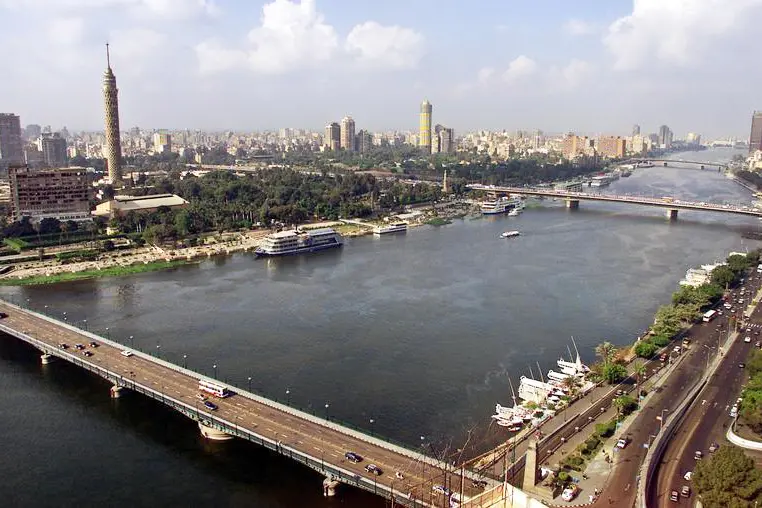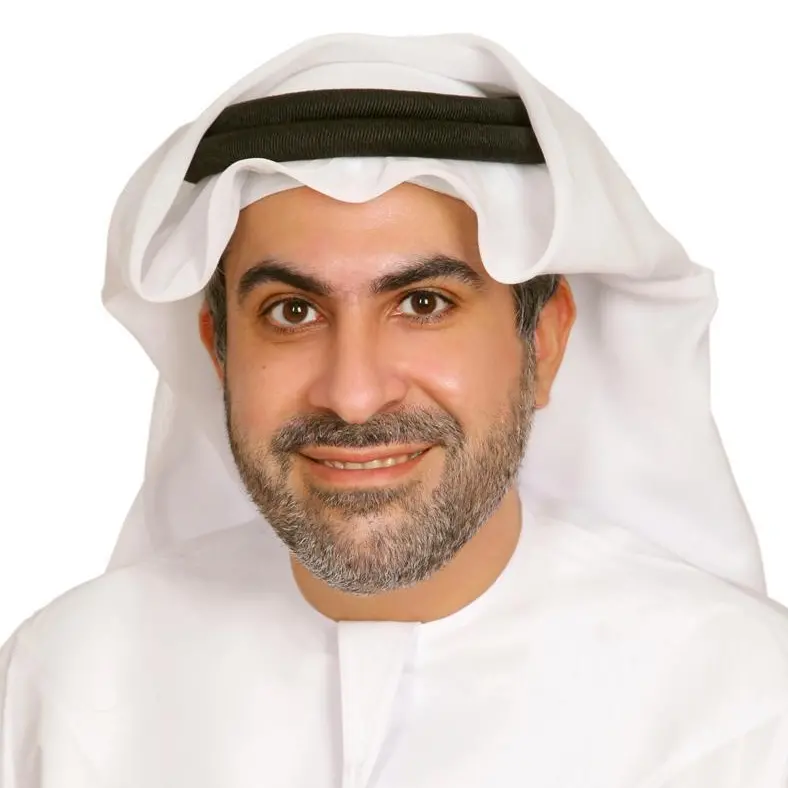PHOTO
Yasser Al-Naggar sheds light on how Egypt can benefit from Chinese plans for sustainable development
Much has been made of China’s grand plans for its Belt and Road Initiative (BRI), but little attention has been given to the “green” standards that China is proposing to provide for this investment. Launched in 2013 by Chinese President Xi Jinping, the BRI is a $1 trillion plan to finance infrastructure investments spanning over 60 countries and covering three-quarters of the world’s population.
As the world’s leader in developing green financial products and standards, China is raising standards for international lending that could be transformational for countries like Egypt. Green finance refers to investments flowing into sustainable development projects and initiatives, environmental products and policies that encourage the development of a more sustainable economy.
Egypt has the opportunity to serve as the “hub” for the BRI in the Middle East and Africa. The Chinese have already designated it as one of the top five countries for mergers and acquisitions potential over the next five years. The two countries have also elevated their relationship to a “strategic partnership” that provides the political underpinning for what is a growing commercial relationship between them.
As part of attracting Chinese capital, under the BRI interested countries must comply with new standards to define green development. China’s policy banks such as the Industrial and Commercial Bank, the Asia Infrastructure Investment Bank and the China Development Bank have been instructed to apply green lending standards for any funds being provided to support BRI projects.
China is quickly moving to define green infrastructure projects — a definition that the international community has yet to reach agreement on. China does not need to wait for the rest of the world, however, as it can define these standards, projects, and programmes to suit its own purposes for the massive BRI. There are few in the developing world, since they are eager for financing, who will object.
How can these new standards make a difference? Take construction as an example. Two of the largest sources of carbon dioxide gas emissions are commercial and residential buildings. The World Bank estimates that heating and electricity accounts for 25 per cent of all greenhouse gas emissions. In a place like China, which has been in a building boom for the past decade, CO2 emissions from buildings account for close to 40 per cent of the total.
In Egypt, the numbers are more difficult to obtain, but statistics show that residential and commercial buildings account for approximately eight per cent of total fuel combustion — double that in China. And that electricity accounts for a whopping 50 per cent of total carbon emissions produced in Egypt, with the majority of that designated for commercial and residential buildings. Focusing on reducing the carbon footprint of buildings, therefore, can have a significant impact.
New construction is booming in Egypt. The major developments of the New Suez Canal, the new administrative capital, and development along the North Coast are just a few of the evolving opportunities. Retrofitting aging buildings will also improve energy efficiencies while creating economic growth. These opportunities also help make Egypt more appealing to Chinese firms and the Chinese government.
Yet, one of the major challenges in making the transition to a green economy is obtaining the necessary financing. China is hoping that its creation of green lending standards for the BRI, combined with its innovative financial products for banks that incentivise sustainable finance, will change this equation. China is also going beyond financing to require that infrastructure projects themselves meet eco-sustainable standards.
Egypt is a potential destination of choice for China’s builders and financiers. China’s new standards may help by creating additional incentives for making the necessary changes to fight pollution. Beyond that, given the leading role that Egypt has traditionally played in the region as a financial centre, the country has the opportunity to proactively work with the Chinese in creating innovative financial products such as green bonds.
Perhaps most significantly, Egypt is now in a position to be part of the Belt and Road Initiative that is developing standards that will impact infrastructure financing and development throughout much of the world.
The writer is chairman and CEO of the Chemical Industries Holding Company.
© Al Ahram Weekly 2018
Much has been made of China’s grand plans for its Belt and Road Initiative (BRI), but little attention has been given to the “green” standards that China is proposing to provide for this investment. Launched in 2013 by Chinese President Xi Jinping, the BRI is a $1 trillion plan to finance infrastructure investments spanning over 60 countries and covering three-quarters of the world’s population.
As the world’s leader in developing green financial products and standards, China is raising standards for international lending that could be transformational for countries like Egypt. Green finance refers to investments flowing into sustainable development projects and initiatives, environmental products and policies that encourage the development of a more sustainable economy.
Egypt has the opportunity to serve as the “hub” for the BRI in the Middle East and Africa. The Chinese have already designated it as one of the top five countries for mergers and acquisitions potential over the next five years. The two countries have also elevated their relationship to a “strategic partnership” that provides the political underpinning for what is a growing commercial relationship between them.
As part of attracting Chinese capital, under the BRI interested countries must comply with new standards to define green development. China’s policy banks such as the Industrial and Commercial Bank, the Asia Infrastructure Investment Bank and the China Development Bank have been instructed to apply green lending standards for any funds being provided to support BRI projects.
China is quickly moving to define green infrastructure projects — a definition that the international community has yet to reach agreement on. China does not need to wait for the rest of the world, however, as it can define these standards, projects, and programmes to suit its own purposes for the massive BRI. There are few in the developing world, since they are eager for financing, who will object.
How can these new standards make a difference? Take construction as an example. Two of the largest sources of carbon dioxide gas emissions are commercial and residential buildings. The World Bank estimates that heating and electricity accounts for 25 per cent of all greenhouse gas emissions. In a place like China, which has been in a building boom for the past decade, CO2 emissions from buildings account for close to 40 per cent of the total.
In Egypt, the numbers are more difficult to obtain, but statistics show that residential and commercial buildings account for approximately eight per cent of total fuel combustion — double that in China. And that electricity accounts for a whopping 50 per cent of total carbon emissions produced in Egypt, with the majority of that designated for commercial and residential buildings. Focusing on reducing the carbon footprint of buildings, therefore, can have a significant impact.
New construction is booming in Egypt. The major developments of the New Suez Canal, the new administrative capital, and development along the North Coast are just a few of the evolving opportunities. Retrofitting aging buildings will also improve energy efficiencies while creating economic growth. These opportunities also help make Egypt more appealing to Chinese firms and the Chinese government.
Yet, one of the major challenges in making the transition to a green economy is obtaining the necessary financing. China is hoping that its creation of green lending standards for the BRI, combined with its innovative financial products for banks that incentivise sustainable finance, will change this equation. China is also going beyond financing to require that infrastructure projects themselves meet eco-sustainable standards.
Egypt is a potential destination of choice for China’s builders and financiers. China’s new standards may help by creating additional incentives for making the necessary changes to fight pollution. Beyond that, given the leading role that Egypt has traditionally played in the region as a financial centre, the country has the opportunity to proactively work with the Chinese in creating innovative financial products such as green bonds.
Perhaps most significantly, Egypt is now in a position to be part of the Belt and Road Initiative that is developing standards that will impact infrastructure financing and development throughout much of the world.
The writer is chairman and CEO of the Chemical Industries Holding Company.
© Al Ahram Weekly 2018












